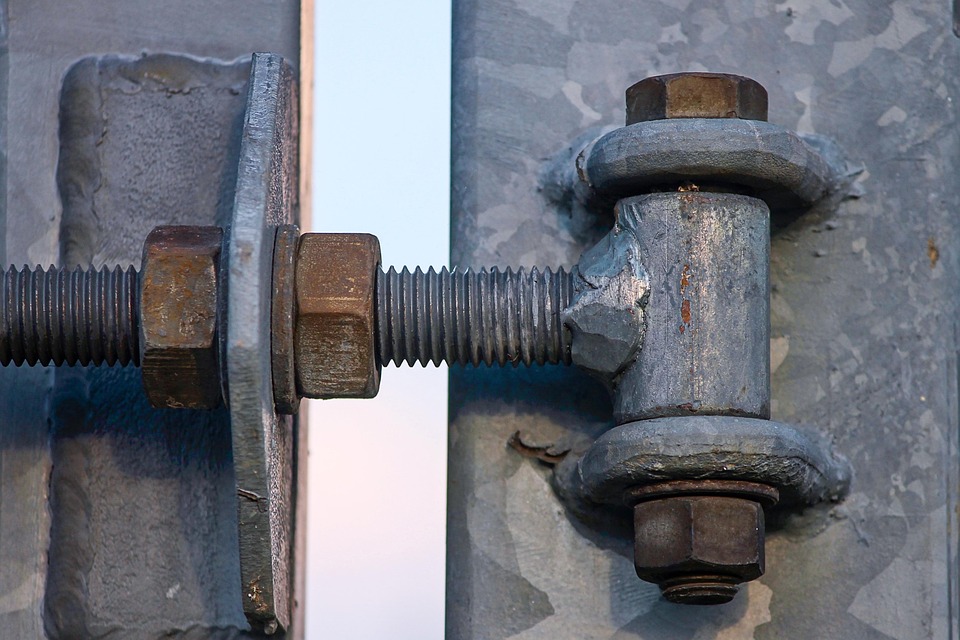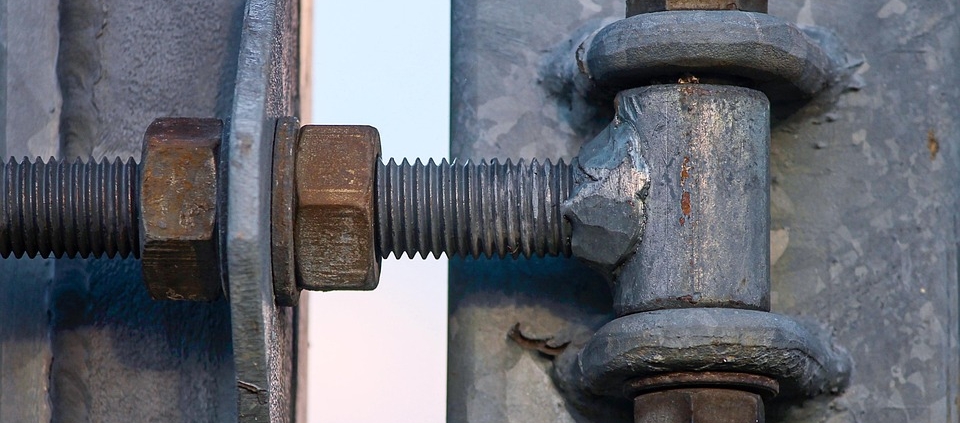The Importance of Universal Joints in Mechanical Engineering
In the intricate world of automotive engineering, it’s easy to overlook the small but vital components that ensure a vehicle operates smoothly. Among these, the universal joint plays a crucial role in transmitting power from the engine to the wheels, allowing for flexibility and reducing wear in the drivetrain. Whether you’re a mechanic, a car enthusiast, or simply someone interested in how vehicles work, understanding the function and importance of universal joints can provide valuable insights into your vehicle’s performance.
What Is a Universal Joint?
A universal joint, often referred to as a U-joint, is a mechanical component used in power transmission systems. It connects two shafts that are not in a straight line, allowing them to rotate freely while accommodating changes in angles. This flexibility makes universal joints indispensable in vehicles, particularly in the driveshaft system, where they connect the driveshaft to the differential and the wheels.
The primary purpose of the universal joint is to transmit rotary motion and torque between components that are at different angles. For example, in rear-wheel-drive vehicles, the driveshaft needs to change angles as it rotates. The universal joint facilitates this movement, enabling the smooth transfer of power without straining the components involved.
How Does a Universal Joint Work?
At its core, the universal joint consists of a cross-shaped component, typically made of high-strength steel, which allows for rotational movement in various directions. The U-joint sits in a yoke, and each end of the yoke is attached to a shaft. When one of the shafts rotates, the U-joint allows it to transfer torque to the other shaft, even if they are at different angles to each other.
The design of a universal joint allows it to handle the changes in direction and angle that occur when a vehicle’s wheels move up and down as it drives over uneven surfaces. This design is what makes it so crucial for ensuring the smooth operation of the vehicle’s drivetrain system.
The Role of Universal Joints in Vehicles
Universal joints are a fundamental part of the vehicle’s drivetrain, specifically the driveshaft. In rear-wheel-drive cars, the driveshaft transmits power from the engine to the rear wheels. The driveshaft runs between the transmission and the differential, and at each end, universal joints are used to connect the shafts at varying angles. This design enables the driveshaft to accommodate the movement of the suspension and the angles created as the wheels rotate.
Without a functioning universal joint, the driveshaft could become misaligned, resulting in vibrations, noise, and even potential damage to the vehicle’s transmission and axle. Therefore, a high-quality U-joint is essential for smooth, efficient, and safe operation.
Common Issues with Universal Joints
While universal joints are designed to be durable, they are not immune to wear and tear. Over time, exposure to the elements, such as dirt, water, and grease, can lead to corrosion or rusting of the joints. Lack of lubrication can also cause the joints to seize or wear out prematurely. When this happens, the U-joint may fail, leading to various issues in the vehicle’s drivetrain.
One of the most noticeable symptoms of a failing universal joint is a clunking noise when the vehicle is in gear. This noise typically occurs when the U-joint has become loose or worn out. If left unaddressed, this issue can result in further damage to the drivetrain components, including the driveshaft and differential.
Another common sign of a faulty universal joint is vibration. If the U-joint becomes worn or damaged, it can cause the driveshaft to become unbalanced, leading to noticeable vibrations when driving, especially at higher speeds.
Maintaining Universal Joints for Longevity
Proper maintenance of universal joints is essential for ensuring the longevity and reliability of the vehicle’s drivetrain. Regularly checking the U-joints for signs of wear or damage can prevent costly repairs down the line. One key aspect of maintenance is lubrication. Universal joints rely on a constant supply of grease to reduce friction and wear. Over time, the grease can break down or escape, so it’s important to periodically grease the joints to keep them in optimal condition.
If you notice any signs of wear, such as squeaking, clunking, or vibration, it’s essential to address the issue promptly. A simple inspection and lubrication can sometimes resolve minor issues, but in more severe cases, the universal joint may need to be replaced entirely.
Replacing a Universal Joint
Replacing a universal joint is a task that requires skill and knowledge of the vehicle’s drivetrain system. While it is possible to replace a U-joint at home with the right tools, it’s generally recommended to have the job performed by a professional mechanic. The process involves removing the driveshaft, pressing out the old U-joint, and pressing in the new one. This task requires precision, as any misalignment during installation can result in further issues down the road.
When replacing a universal joint, it’s important to choose a high-quality replacement that meets the manufacturer’s specifications. Using an inferior U-joint can lead to premature failure and more frequent repairs, which can be both costly and inconvenient.

Conclusion
The universal joint may not be the most glamorous component of a vehicle, but it is undeniably essential to its performance. This small but mighty part ensures that power is transmitted efficiently between various drivetrain components, enabling the vehicle to function smoothly and reliably. By understanding how universal joints work, maintaining them properly, and recognizing the signs of wear, you can ensure the longevity of your vehicle’s drivetrain and avoid costly repairs in the future.
Whether you’re a car enthusiast, a mechanic, or someone who simply wants to know more about their vehicle, knowing the role of universal joints can help you keep your car running at its best. Regular maintenance, timely repairs, and using quality parts will ensure that your vehicle continues to deliver the performance you rely on, mile after mile.




Leave a Reply
Want to join the discussion?Feel free to contribute!